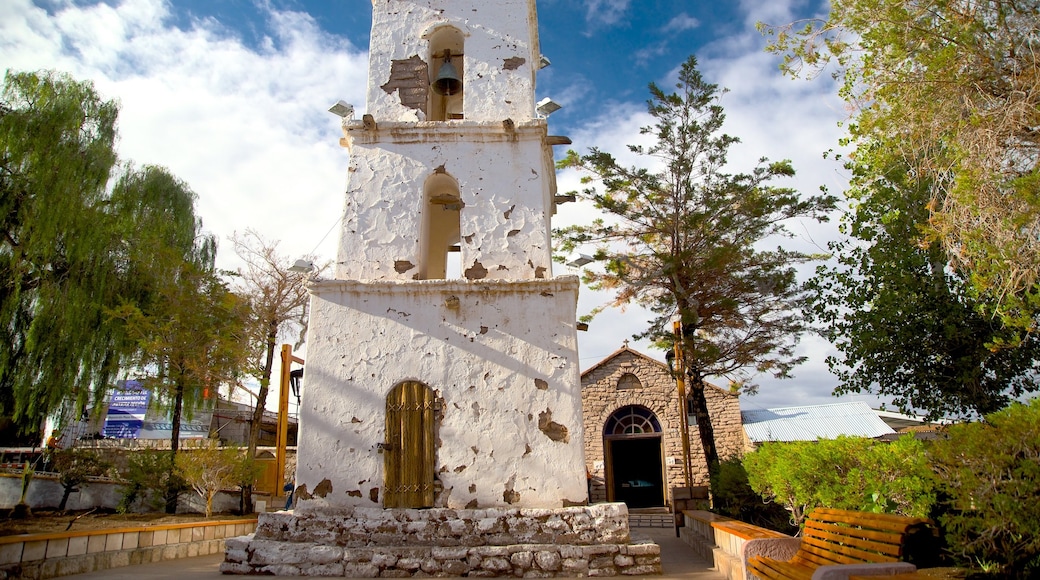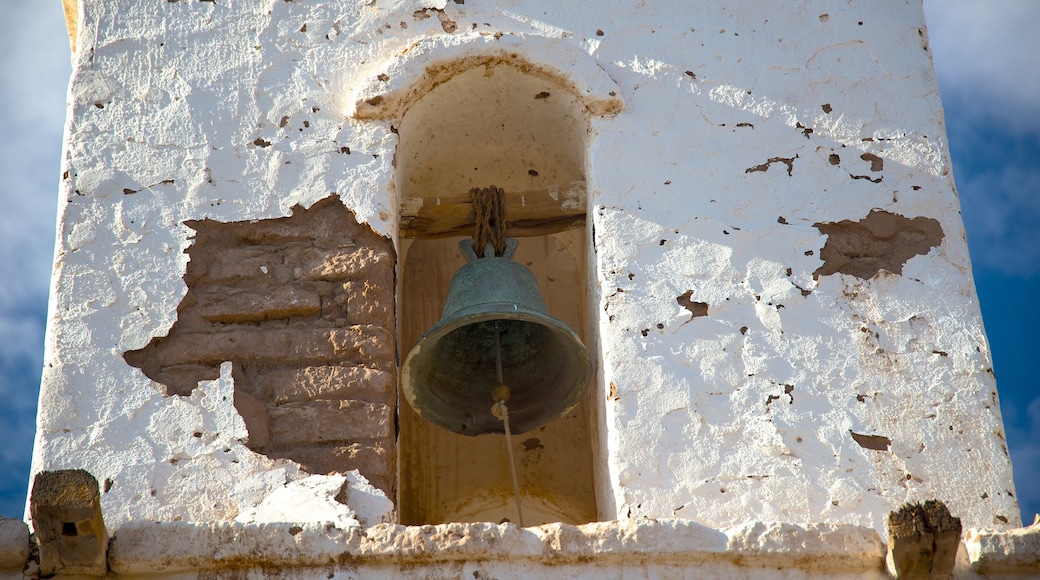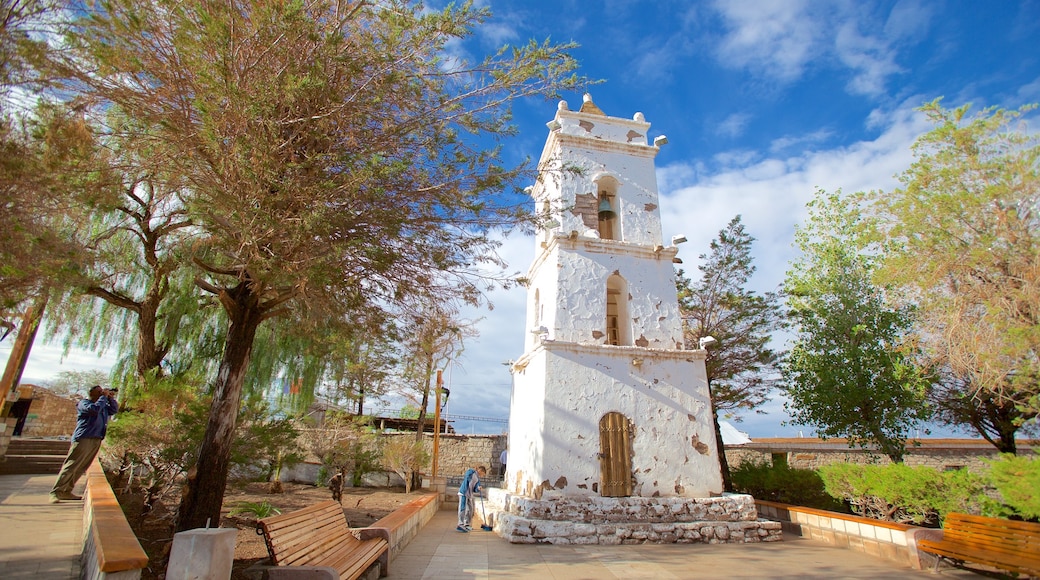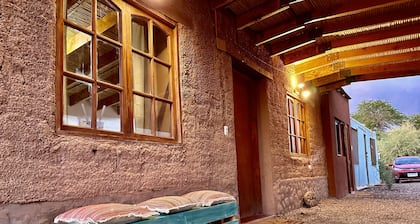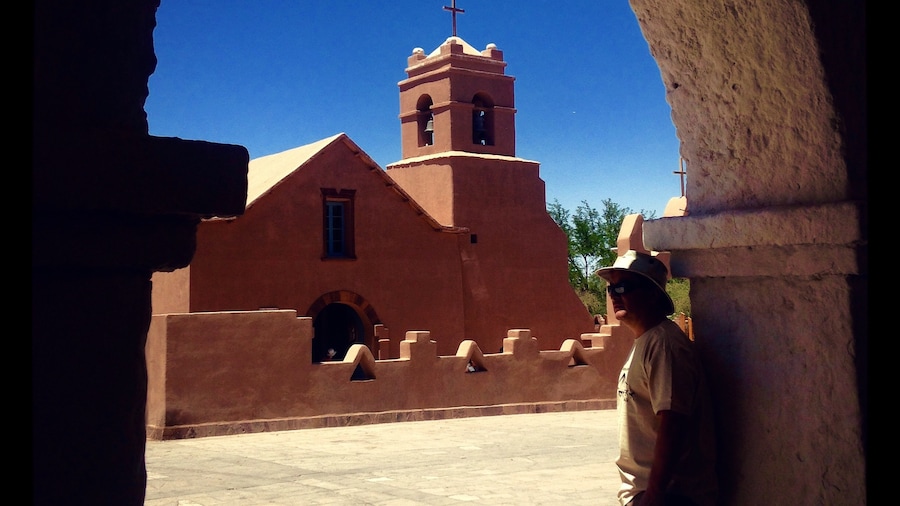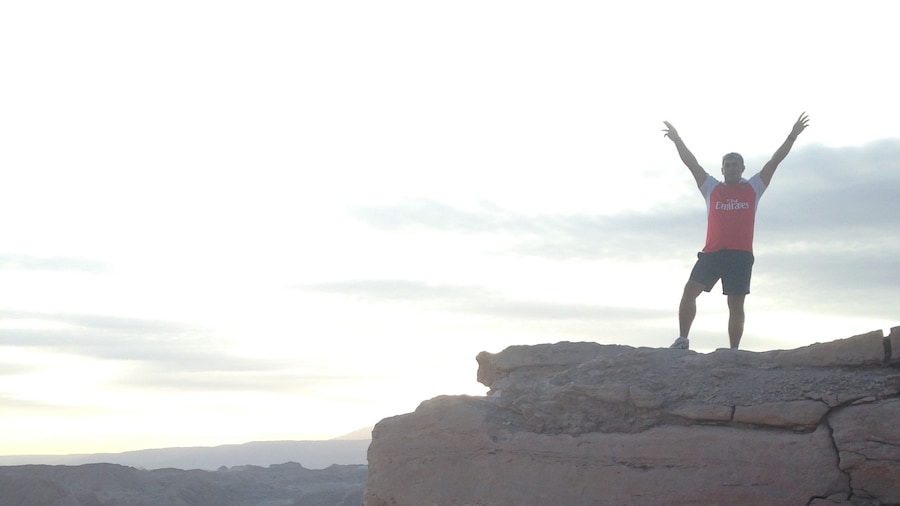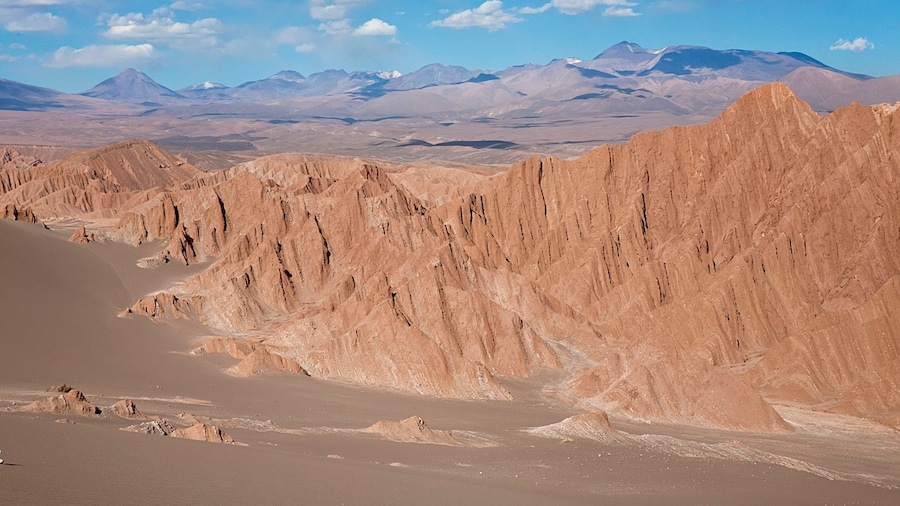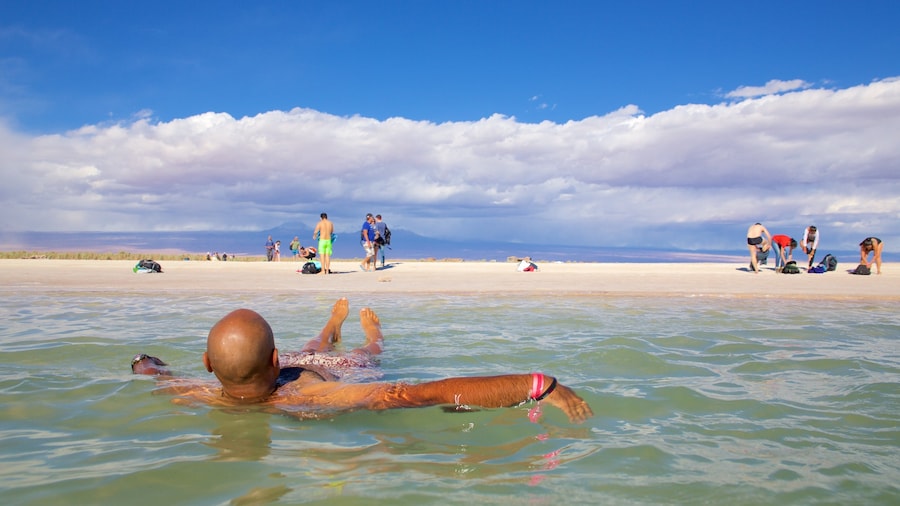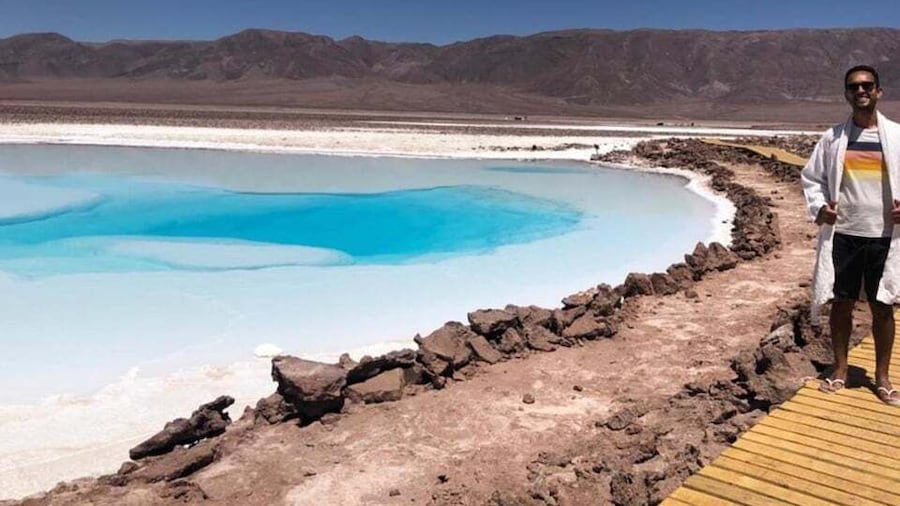Le hameau de Toconao compte de nombreuses structures coloniales construites en roches volcaniques. Ce matériau sert aussi à la fabrication de l'artisanat vendu dans la charmante commune.
Admirez l'église et le clocher de la commune construits au milieu du XVIIIesiècle. Entrez et profitez de l'atmosphère paisible créée par ses plantes et ses murs blancs. Quelques figurines religieuses sont exposées à l'arrière. Prenez en photo le clocher San Lucas, un édifice distinct blanc de trois étages construit sixans après l'église. Entrez par la porte de fortune en bois et grimpez au sommet.
Achetez des produits en laine d'alpaga aux vendeurs ambulants de la place principale. Procurez-vous une reproduction du clocher fabriquée à partir de la même roche volcanique que le clocher.
Le village est réputé pour ses délicieux fruits, comme ses succulentes poires, ses figues et ses abricots provenant de la vallée de Jere, située un peu à l'est de Toconao. Rendez-vous à cet impressionnant ravin et marchez le long de la rivière. Faites un pique-nique dans un magnifique décor de falaises rouges au son des eaux tumultueuses. Vous pouvez nager dans les parties plus calmes de la rivière.
Visitez Socaire, la ville voisine située encore plus haut et réputée pour ses étoffes en laine d'alpaga de grande qualité.
Attendez-vous à avoir de la difficulté à respirer en raison de la haute altitude. Le climat est très sec toute l'année, ce qui explique le paysage aride et les intrigantes formations rocheuses. Des vents violents traversent également cette région étroite entre l'océan Pacifique et la cordillère des Andes.
Toconao se situe à 38kilomètres au sud de San Pedro de Atacama dans la région d'Antofagasta au nord du Chili. Parmi les sites d'intérêt à proximité, on trouve le volcan Láscar, la réserve nationale Los Flamencos et la partie nord-est du désert de sel de l'Atacama. Pour vous rendre au village, atterrissez au petit aéroport de Calama, puis prenez l'autobus pour un trajet de deuxheures vers le sud-est.
Le village de Toconao est entouré d'un spectaculaire paysage naturel. Il vaut, à lui seul, la peine d'être visité pour son caractère rustique et ses trésors locaux.
